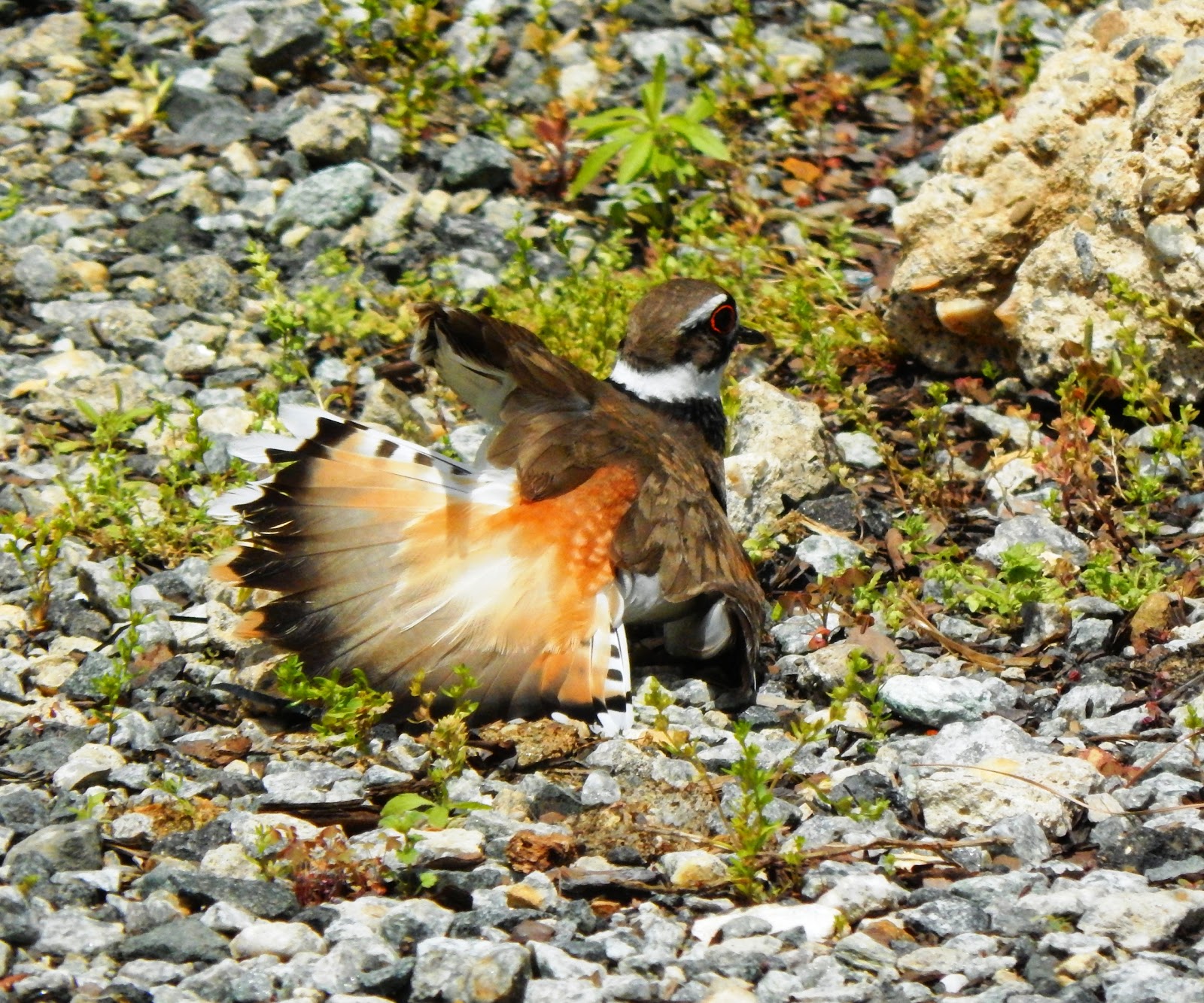 |
| Syrphid Fly: also known as a Flower or Hover Fly. |
Syrphid Flies are a family of 6,000 or so flies in the Order Diptera of insects. They are best known for being bee mimics. By looking like bees or wasps, many predators avoid them thinking they might get stung, although they are actually harmless and incapable of stinging. They also mimic bees in being important pollinators of flowers as well. After bees, flies are considered the next best animal pollinators. Of the many kinds of flies, Syrphid flies are considered the family of flies responsible for the most pollination. This is why they are sometimes also called Flower Flies and Hover Flies (for hovering around flowers). A closer look however reveals they have only 2 wings (not the 4 of bees/wasps), very short antennae, and huge eyes, unlike the long antennae and smaller eyes of bees/wasps. Diptera, the Order of animals representing all true flies, actually translates to "2 wings".
 |
| A Flower Fly with its typical big fly eyes and single pair of wings stares out while feeding on a Tickseed. |
Worldwide, flies are now being recognized as extremely important pollinators, second only to bees. At least 71 families of flies have been documented visiting flowers, but none are better recognized for this pollination trait than Syrphids. Unlike bees, of which 20% are oligilectic, meaning they require the specific pollen of certain flowers they evolved with in order to be able reproduce, flower flies are generalists and are not thus tied down or their range limited by the presence of specific pollen host plants. This means they can travel far and wide and visit a wide variety of flowers. In fact, in some places like the British Isles, they can be migratory, even crossing the open water from mainland Europe to visit and range over a wide array of habitat conditions. As they don't need to accumulate food stores for their young, they may also able to survive with less resources available in general, and also seem more tolerant of moist and cold conditions. Some studies in Germany have shown that 80% of the flowers in some regions were visited by flower flies. Syrphid flies are now being recognized world wide as vital to agriculture and flower pollination.
Now our native flower flies may not be as far ranging as the British migratory ones, but are still extremely valuable. In Colorado, 65% of flowering plants were visited by Syrphid flies for example. Over 813 flower fly species are recognized in North America, many poorly studied and many quite diverse and beautiful, particularly in their mimicry of bees.
 |
| Syrphid Fly maggot (larva) |
Although I had often noticed Syrphid Flies around flowers, I really got acquainted with them one day when I was working the gardens at a nature center and noticed a slug-like creature among a large congregation of aphids. The way it ate its prey was fascinating: it would rip an aphid off the plant, hold it over its head and eat it alive. The whole time the aphid would be kicking its feet frantically in the air while being devoured.
 |
| A Syrphid Fly maggot eating an aphid |
Being curious, I raised the creature, amazed at the huge amount of aphids it consumed each day. Soon it pupated and what emerged was a beautiful Syrphid Fly. I did some research and now realize how valuable they can be in a garden. Not only are Syrphid Flies often considered the second best pollinators in the world after bees, but many species are also valuable as biological controls. By feasting on many insect pests such as aphids (up to 400 of them before changing into an adult), they perform yet another valuable function for us in our yards and gardens. Many are beneficial in both ways, and are fascinating mimics as well, being wonderful additions to our gardens and yards.
 |
| A Syrphid Fly laying eggs among aphids on a Cupplant
|
While there are some Syrphid larvae that feed on decaying vegetation and other things, but it appears the vast majority feed on other small insects and are widely now considered both biological control agents and pollinators. So the next time you see what looks like a bee or wasp hovering in front of a flower, or some slug like creature amongst the aphids, you may actually be looking at these fascinating and beneficial creatures.
 |
| The Flower Fly Meromacrus acutus , thought to be a yellowjacket mimic |











